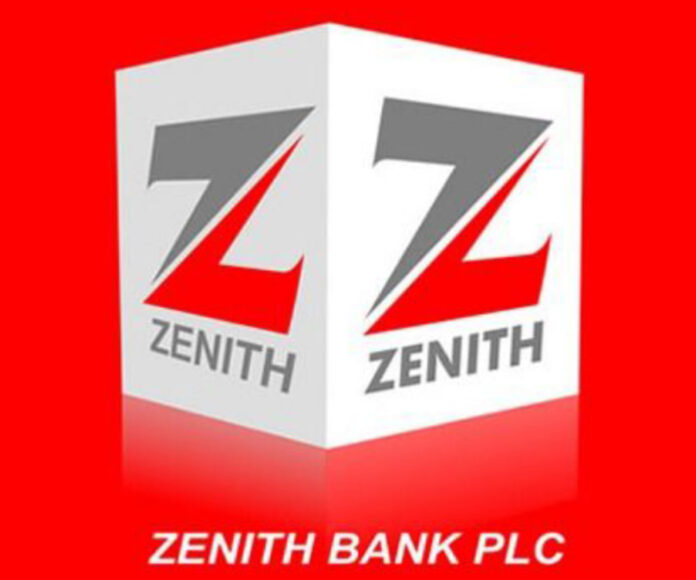Let’s cut through the noise. On June 13, 2025, the Central Bank of Nigeria (CBN) issued a stern directive: any bank under regulatory forbearance—a temporary reprieve from certain prudential rules like the Single Obligor Limit (SOL) or provisioning—must now halt dividends, pause executive bonuses, and freeze foreign investments until they fully clear their non-compliant exposures. This policy is a clear signal: Nigeria’s banking sector needs to rebuild solid capital buffers, shore up balance sheets, and regain investor confidence. Enter Zenith Bank, Nigeria’s leading bank by Tier‑1 capital. In a public assurance dated June 17, 2025, Zenith confirmed it would exit regulatory forbearance by June 30, 2025. Specifically, it disclosed that only a single obligor triggered an SOL breach and that two other credit exposures were under forbearance—all of which it has fully provisioned and adjusted to meet CBN standards. On top of that, Zenith has raised over ₦500 billion in capital—cementing its readiness to resume dividends and step away from regulatory constraints. Why this matters to small and medium-sized enterprises (SMEs) is no abstract exercise. Banks retaining earnings lose lending capacity. When those restrictions lift—especially at systemic giants like Zenith—the liquidity dam could break, delivering vital fresh credit into Nigeria’s SME engine. And that’s the central question: Will Zenith’s post-forbearance strength translate into a revival of lending to SMEs that need it most? In the tone of this conversation, it’s a moment of mutual curiosity. Let’s explore, section by section, how regulatory relief, bank liquidity, and SME lifelines might align in the coming quarters.
What Is CBN Regulatory Forbearance?
Let’s break it down clearly. Regulatory forbearance—as used by the Central Bank of Nigeria—is essentially a strategic breathing space. It’s a temporary relaxation on stricter banking rules like the Single Obligor Limit (SOL) and provisioning requirements. Imagine being allowed to tread lightly on compliance for a while, all to give your balance sheet room to recover. That was the CBN’s intent: to support banks during shocks like post‑COVID disruptions, foreign exchange volatility, and subsidy reforms. Specifically, the Single Obligor Limit caps how much a bank can loan to one borrower—usually 20% of its shareholders’ funds. Breaching this with high‑value loans concentrates risk, and that’s what CBN wants to curb. On June 13, 2025, the CBN made a decisive move. It lifted the forbearance safety net and told affected banks: if you’re under these relaxed rules, you must immediately:
- Freeze dividend distributions to shareholders
- Postpone bonuses for senior management
- Halt foreign investments and offshore projects
These sanctions won’t lift until banks fully regularize their non-compliant exposures: either reducing them within limits or providing reserves for potential losses. Why now? The economy is fragile—banks have been swallowing losses, impairments in loans have gone up, and profitability is under strain. The CBN sees stricter discipline as the way forward to strengthen capital buffers, restore confidence, and ensure future resilience. So when a bank says it’s under regulatory forbearance, it’s basically admitting: “We’re on borrowed time; we’ve stretched beyond safe limits, but we’re working to restore order.” And when CBN demands immediate austerity, it means the clock is ticking.
Zenith Bank’s Forbearance Position (Quantified)
Let’s dive into the numbers and actions. On June 17, 2025, Zenith Bank made a formal disclosure to the Nigerian Exchange that clarified the scale and specifics of its forbearance situation.
Single Obligor Limit (SOL) Breach
The bank revealed that its SOL exemption applied to just one borrower. It committed to regularising that exposure—bringing it within the permissible 20% of shareholders’ funds—by June 30, 2025.
Other Credit Facilities Under Forbearance
Only two additional clients were affected by similar forbearance arrangements. Zenith has already substantially provisioned these loans and pledged to complete provisioning by the same June 30 deadline.
Capital Reinforcement
The bank proudly declared it had not only met but exceeded the ₦500 billion minimum capital requirement mandated by the CBN. That buffer places Zenith on solid footing to resume dividends, reward staff, engage in foreign operations—or more importantly—extend more credit to SMEs.
Independent Validation & Market Context
Renaissance Capital reported that Zenith’s forbearance exposures represented approximately 23% of its total loan book: significantly higher than peers like FirstBank (14%) or Access Bank (4%).
Timeline & Commitment
All key moves—raising capital, provisioning loans, adjusting SOL exposure—are slotted to conclude by June 30, 2025. To recap: Zenith’s exposure under CBN’s tolerance isn’t sprawling—it’s limited and intentional. It’s tackling a single SOL breach and two other credit exposures, with capital readiness and provisioning clearly underway. What remains is execution—and if the bank meets its June 30 target, beaches of forbearance will vanish, paving the way for renewed liquidity and balance-sheet freedom.


